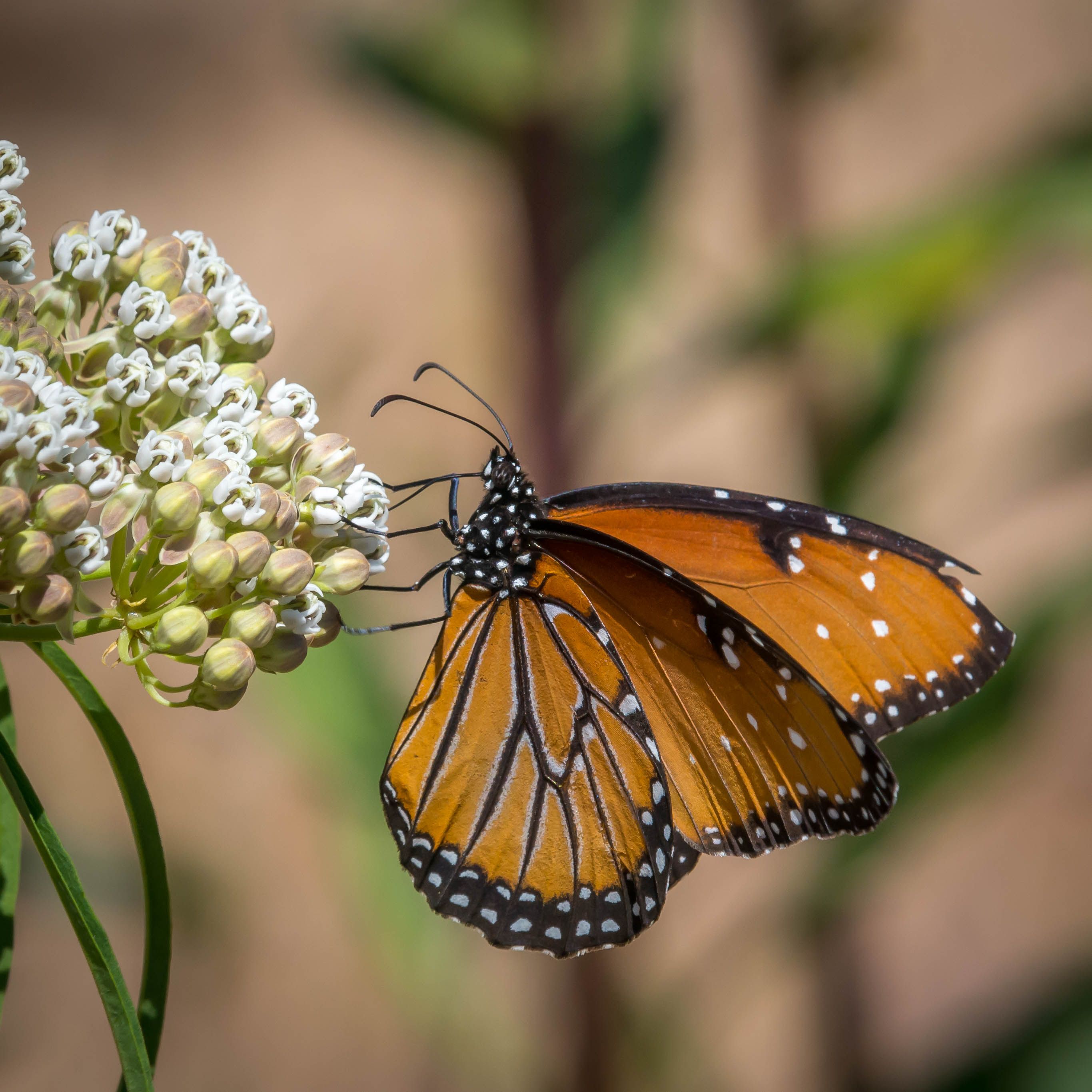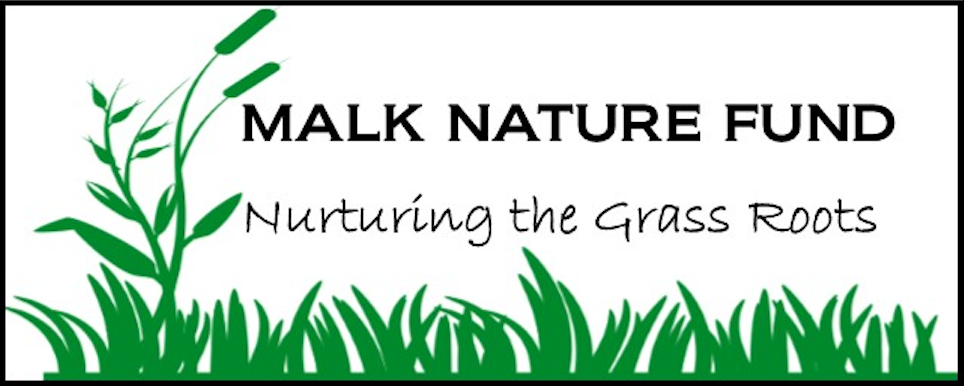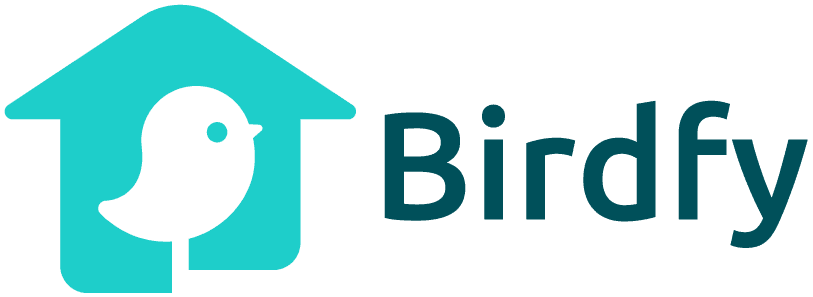
The Cooper’s Hawk is a common hawk species residing in the San Diego metropolitan area during all seasons of the year. They are a medium-sized hawk, commonly found in woodlands and forests especially around rivers and creeks. They feed primarily on small birds and mammals and are known to hunt covertly, approaching their prey from the dense woods and pouncing on them with no warning. Between February and March, pairs will begin nesting and the female will lay typically 3-5 pale bluish eggs, often in a deciduous or coniferous tree, with an incubation period of 34-36 days. By four weeks, the young are usually climbing around the nest and ready to fly at about five weeks old.
What makes this particular story of the Cooper’s Hawk interesting is they became up close and personal backyard visitors for three weeks in a busy suburban development, rather than a wooded area by a river or creek. In our neighborhood, there are many houses, staggered in a hilly development with streets dividing each row of houses. There are some coniferous trees near our home, but nothing like a dense wooded area nor a river or creek nearby. A pair of Cooper’s Hawks happened to nest in a nearby tree in the greenbelt just a couple houses down from us. Shortly after the Fourth of July, the pair accompanied by their fledgling, began perching in the avocado and willow trees right next to our backyard fence. We had never seen hawks so close before in the wild, so willing and patient to perch and hang out, not bothered by our three dogs or us coming and going from the house. This was a first time experience for my husband and I.
We recently added two bird feeders and a hummingbird feeder in our backyard, primarily to attract finches, songbirds, and hummingbirds. When the hawks would come visit, the yard cleared out. There were no birds in sight. We quickly realized this was a sign the hawks were near, and they began to visit us from sun up to sun down. When this would happen, we’d look from the willow tree to the avocado tree and find one of them perched, looking for food. Then, they got bolder. They started perching on our metal backyard fence, just 20 feet from our kitchen and family room windows. Not only would they sit on the sit and stare at our windows but they didn’t even flinch when we opened the back sliding glass door to grab a quick photo. Over the next couple weeks, they wouldn’t even be bothered if we let the dogs out in the yard. They watched the dogs intently until one got a little too close, then they’d fly into a tree. One of the parents often bathed in the bird bath, cooling off its feathers in the hot summer sun. Another first for us to see!
Even though we saw three hawks, two were the primary visitors in our backyard. One adult was much larger in stature, with prominent gray back feathers, a tan and white underbelly, and a long spotted tail. The smaller one, had its adult feathers but still had white fluffy baby feathers on its belly. It also squaked non-stop, another giveaway it was a fledgling. The vocals sounded like squeaky whistles, several per minute, while its parent was primarily quiet.
The fledgling was more apprehensive to fly and hunt. It would watch the lizards and squirrels ducking in and out of the shrubbery. But we never witnessed it pouncing on prey. The larger one, however, (the wise parent), stalked in stealth as the young one watched. I eagerly watched from the kitchen window one day when a squirrel was eating in one of our shrubs as one of the parents hid behind another shrub near the fence. As the squirrel came out in the open, the hawk began to jump on the ground, and the squirrel ran for cover. The hawk was intent on catching him, however, they were not successful. The squirrel could live another day!
In many cultures, a hawk visit can have a spiritual meaning. Some believe it means you are being watched over, others say hawks are sent as a reminder that you are resilient, and are there to remind you that you can get through anything life throws at you. Whatever the reason may be, it was exciting to see them visit us nearly every day for almost a month. From watching how curious the young hawk was about the world while learning and watching its parents hunt, to observing the parents play and cool down in the bird bath, it was an exciting experience we will never forget.
SOURCES















